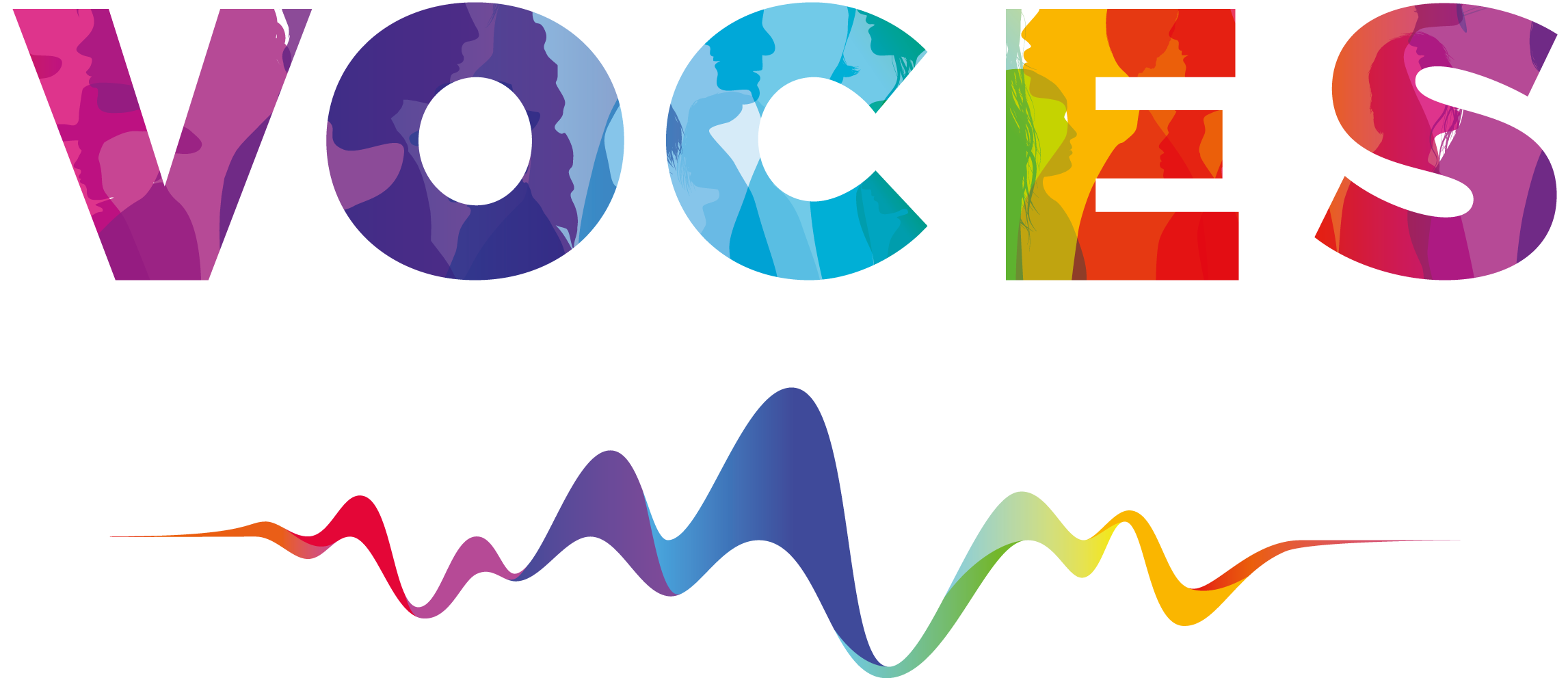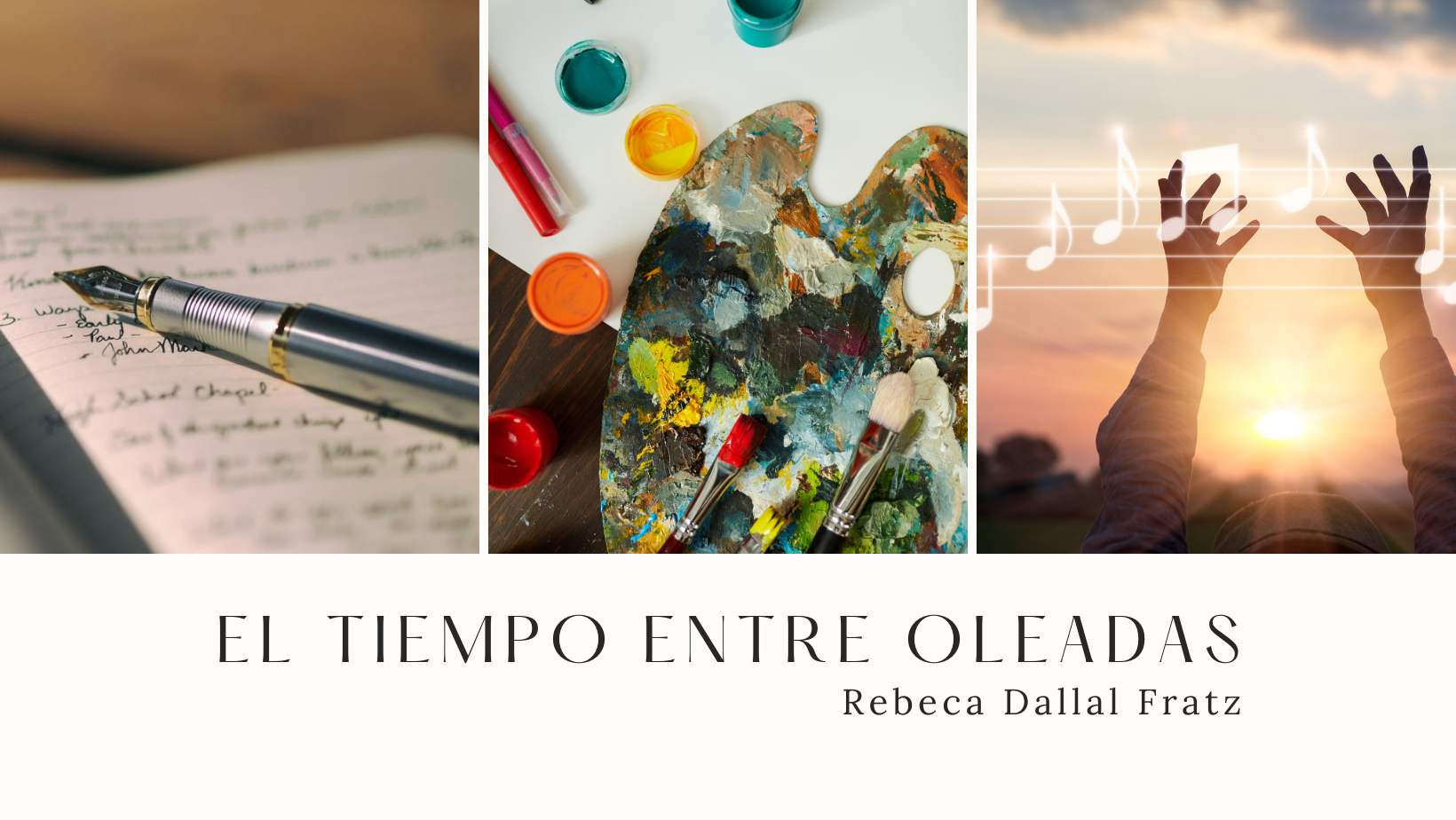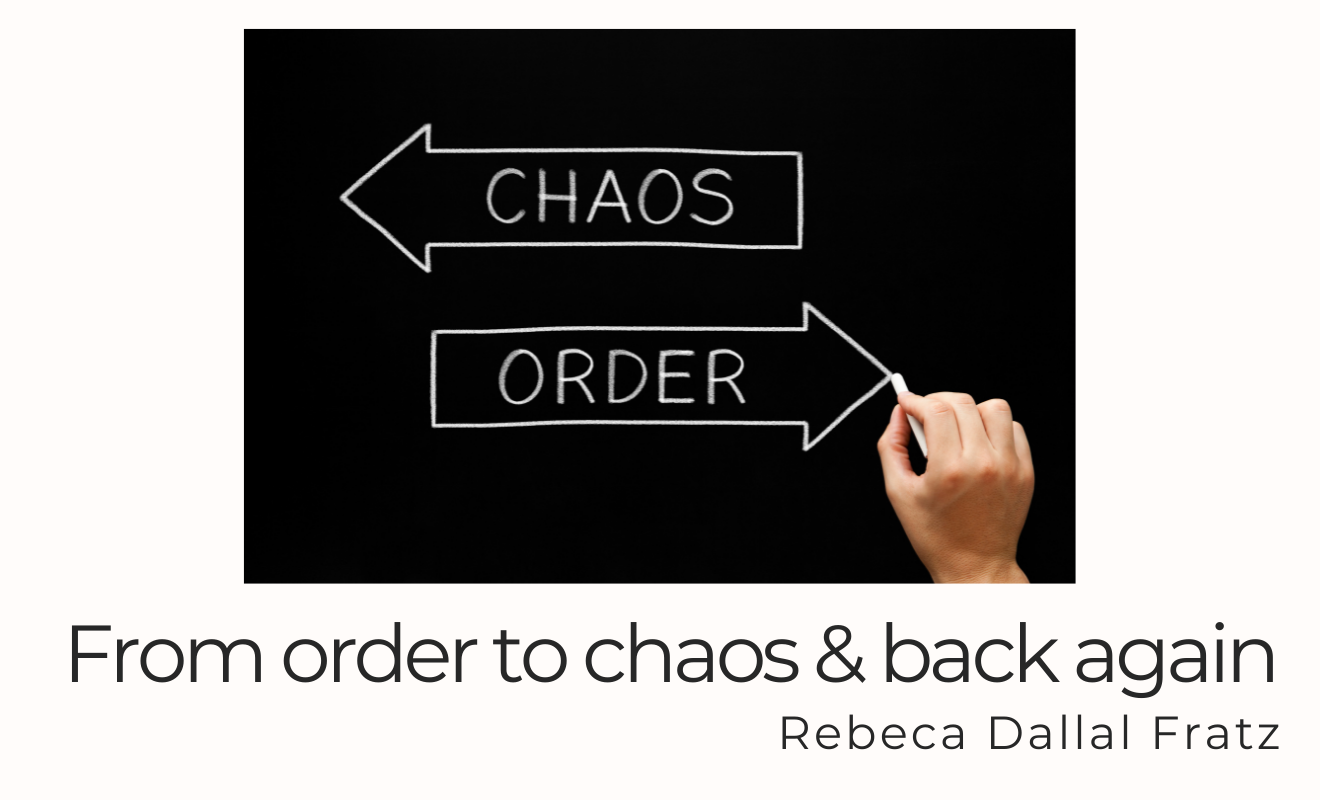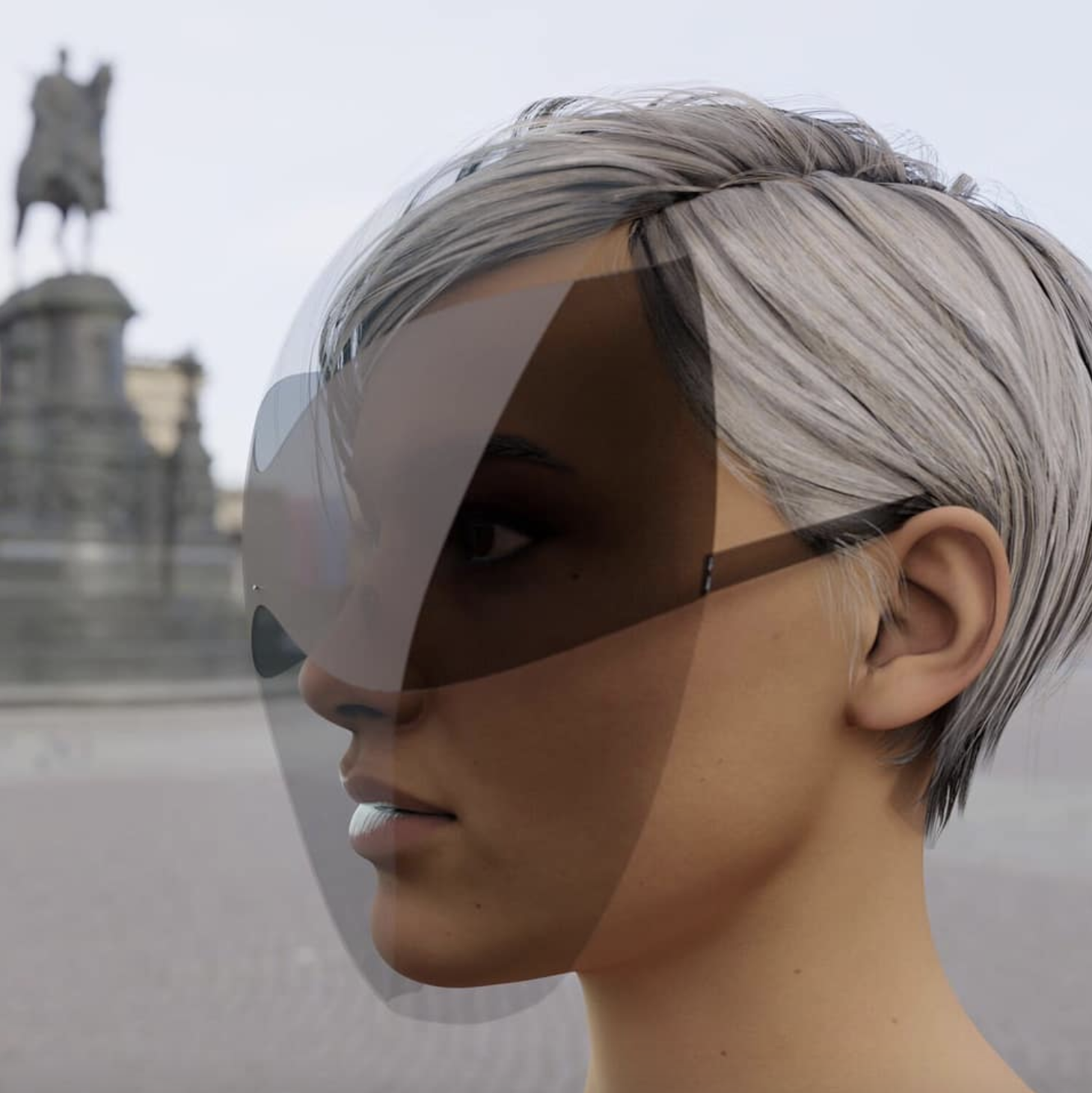Siempre nos quejamos de que no tenemos suficiente tiempo para hacer las cosas que queremos. Entonces llega la pandemia, nos mandan a encerrarnos en casa y muchos nos quedamos sin qué hacer… de pronto tenemos mucho tiempo libre.
Pero resulta que, en lugar de ponernos a hacer lo que tanto anhelábamos cuando la cotidianeidad robaba nuestras horas, ahora nos encontramos sin hacer, con una depresión latente.
Disponer de tanto tiempo libre lo convierte, más bien, en un vacío.
Tantas lecturas pendientes, tantos libros en el estante con letras bien formaditas. Lienzos en blanco y paletas de colores ansiando ser mezclados. Notas musicales impresas esperando su turno junto a un chelo, un piano, una flauta dulce o una batería. Pero la lectura parece aburrida , la música no se escucha igual y los colores no brilla como antes. En lugar de devorar letras, palabras y páginas imaginando mundos, se transforma en una lectura falsa, deprimida y carente de emoción. En lugar de crear nuevos tonos y matizarlos para pintar paisajes nunca imaginados, los colores se apagan esperando la inspiración. En vez de que las notas musicales hagan vibrar las cuerdas, los metales o que las baquetas golpeen los tambores, los ritmos ya no nos mueven igual.
En el vacío no cabe ni la creatividad.
Tal parece que podemos equiparar estos últimos meses a lo que sucede durante un conflicto bélico. Parece como si estuviéramos viviendo una especie de fragmentación en el tiempo. Ahora bien, me parece que las condiciones que este compás de espera crea, el impacto cultural y los nuevos elementos que provocará, serán lo que genere el próximo presente de esta generación. Y sí, será comparable a lo que sucede a causa de una gran guerra.
Veamos, la creatividad es una nueva combinación de viejos elementos. La capacidad de hacer nuevas combinaciones de viejos elementos depende de la capacidad de ver las relaciones entre tales elementos. Cuando estamos en una situación como una pandemia o una gran guerra, la mente se llena de pensamientos preocupantes sobre el contagio, el distanciamiento social, el equipo personal de protección que debemos usar, la nueva variante del virus y si nuestra vacuna nos da suficiente inmunidad. La mente se da cuenta que algo no está bien y aumentan los pensamientos repetitivos y rumiantes, causando dificultad para concentrarse y dormir, y aumentando la cantidad de pesadillas. Este tipo de pensamientos repetitivos y pegajosos que no llevan a ninguna parte contrastan con los pensamientos libres y ondulantes, característicos de los sueños y la creatividad.
El pensamiento espontáneo y libre es el que nos permite ver las relaciones entre las ideas y elementos de nuestra mente; es el que ayuda a crear nuevas conexiones y ver las cosas conocidas de manera diferente. En contraste, cuando nuestra mente está ocupada con pensamientos negativos o preocupantes no hay lugar para convertir lo que leemos, vemos o escuchamos en nuevas imágenes o sensaciones ya que no hay suficientes nuevas conexiones. Del mismo modo, en nuestra mente no hay lugar para dejar que nuestros pensamientos viajen libres buscando asociarse de manera diferente permitiéndonos escribir un libro, pintar un cuadro o componer una canción.
Volvamos a la pregunta: ¿qué impacto cultural provocará la pandemia y qué nuevos elementos formarán el próximo presente de esta generación? La respuesta sólo la dará el paso de los meses o años. Será interesante ver pasar el tiempo entre oleadas de este COVID-19 y, después de un tiempo prudente de la última oleada, encontrar los elementos visuales y auditivos que identificaremos como emblemáticos del principio de la segunda década del siglo XXI.
Medium: https://medium.com/@rebecadallal
LinkedIn: http://mx.linkedin.com/in/rebecadallal/
Twitter: https://twitter.com/rebecadallal
Facebook: https://www.facebook.com/rebecadallal
Facebook Voces: https://www.facebook.com/vocesenelmundo








